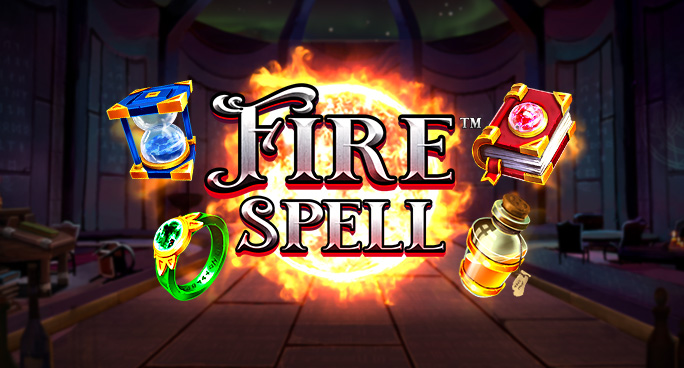In the realm of fantasy and role-playing games, spellcasters often find themselves in a delicate balancing act—judging when to unleash their most potent spells and how to manage their limited resources. One of the most iconic elements of spellcasting involves the use of Fire Spell Slots—specialized capacities that determine how many fiery spells a caster can employ before needing to rest and recover. Understanding the nuances of Fire Spell Slots is essential for maximizing your effectiveness in combat, exploration, and storytelling.
This comprehensive guide aims to delve into the intricacies of Fire Spell Slot management, providing spellcasters with detailed insights, strategic approaches, and personal analyses to master their fiery arsenal. Whether you’re a novice just starting your magical journey or a seasoned veteran seeking refined tactics, this article will illuminate the pathways to optimize your fire-based magic.
The Fundamentals of Fire Spell Slots: What Every Spellcaster Should Know
Before diving into advanced strategies and nuanced tactics, it’s crucial to grasp the foundational concepts behind Fire Spell Slots. These slots are not merely about magical capacity; they embody the resource management core that separates effective spellcasting from reckless improvisation RIKVIP.
Understanding how Fire Spell Slots function within your class mechanics, spell level progression, and overall spell slot economy forms the bedrock of your mastery as a fiery mage.
The Nature of Spell Slots in D&D and Similar Systems
Spell slots serve as a finite pool of magical energy that spellcasters draw upon to cast their spells. Each spell level has its own set of slots, which vary based on class progression and character level. For example, a mid-level wizard might have fewer first-level slots but access to higher-level slots capable of casting stronger spells.
In the context of Fire Spell Slots, these are specifically dedicated to fire-themed spells—such as Fireball, Scorching Ray, Flame Strike, and other incendiary effects. While some classes may have generic spell slots usable for any spell, others, like bards or casters with specialized subclass features, might have more tailored options.
The Significance of Fire Spell Slots for Spellcasters
Having a clear understanding of your fire-related spell slots helps in developing an optimized combat strategy. Fire spells often deal area damage, ignite objects, and provide significant tactical advantages, especially against certain enemies vulnerable to fire.
Managing these slots effectively ensures that you maintain a powerful offensive presence throughout adventuring days, rather than burning out early or underusing high-impact spells. It also encourages a thoughtful approach—deciding when to use a low-level fire spell versus saving a higher-level slot for a more devastating attack.
The Dynamics of Spell Slot Recovery
Most systems employ short rests or long rests to recover expended spell slots, including Fire Spell Slots. Knowing when and how to plan these rests can be critical. For instance, conserving your highest-level fire slots for boss fights or pivotal moments can turn the tide of battle.
Additionally, some classes and subclasses introduce features that allow limited recovery of spell slots during a day, adding layers of complexity and strategic depth to your resource management. Understanding these dynamics helps you plan your fiery assaults to sustain maximum impact across encounters BẮN CÁ.
Personal Reflection on Why Mastery of Fire Slots Matters
The importance of mastering Fire Spell Slot extends beyond mere numbers. It embodies discipline, foresight, and tactical ingenuity. Fire spells are often flashy and satisfying, but their true potential is unlocked only when used judiciously.
By viewing spell slots as precious commodities, rather than infinite resources, you elevate your gameplay from frantic casting to calculated artistry. This mindset empowers you to wield your flames with precision, ensuring your fiery magic remains a constant threat and a source of awe.
